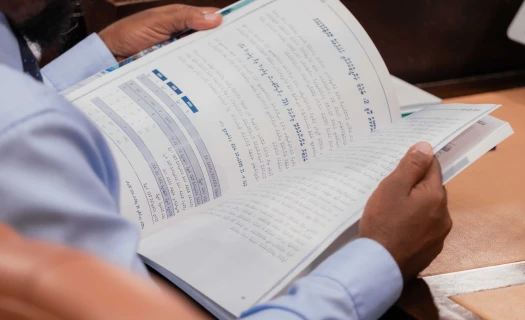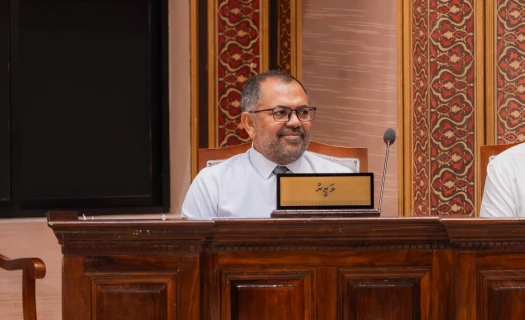Sat, 01 Nov 2025
|DHIVEHI
Two decades after the impact of the 2004 tsunami
26 Dec 2024
|

A view of the ravaged village of Vilufushi, on the southeastern Kolhumadulu Atoll --- Photo: United Nations
The tsunami that struck the Maldives on December 26, 2004 stands as the most devastating natural disaster in the nation’s modern history.
The catastrophic event claimed 82 lives, with 26 others still missing, leaving an enduring impact on the islands. Entire communities were swept away as powerful waves surged across the archipelago, erasing years of progress in mere moments.
On the morning of the disaster, life began as it always did for Maldivians. The weather was calm, and there were no signs of the devastation that was about to unfold. By 9 a.m., a massive wave surged through the islands, destroying homes and livelihoods. At the time, most people in the Maldives were unfamiliar with the concept of a tsunami, and the Indian Ocean region lacked any form of early warning system.
In the aftermath of the disaster, the scale of the destruction highlighted the need for immediate action. The government, in collaboration with the Meteorological Office, moved quickly to develop systems to detect and respond to future disasters. A “red square” warning system was introduced to monitor seismic activity, and seismometers were installed in Hanimaadhoo and Kaadedhdhoo in 2007, linked to Jakarta, Indonesia. By early 2008, a SeiscomP3 System was operational, enabling real-time earthquake data to inform rapid responses.
To enhance coordination, a hotline was established to connect key agencies, including the National Disaster Management Authority (NDMA), Maldives Police Service, Maldives National Defence Force (MNDF), and PSM, ensuring swift communication during emergencies. Efforts to raise public awareness also intensified, with the Meteorological Office conducting educational sessions to prepare citizens for potential disasters.
While Maldivians were unprepared for the tsunami, some animals appeared to sense the impending danger, resulting in notably low casualties among wildlife. This observation reinforced the importance of early-warning mechanisms for humans—a gap that modern technology has since addressed.
Two decades later, the memory of the tsunami remains vivid in the minds of Maldivians. The tragedy serves as a solemn reminder of the lives lost and the need for constant vigilance. Though the day brought immense sorrow, it also marked the beginning of a transformative journey to safeguard the nation against future disasters.


Popular News







